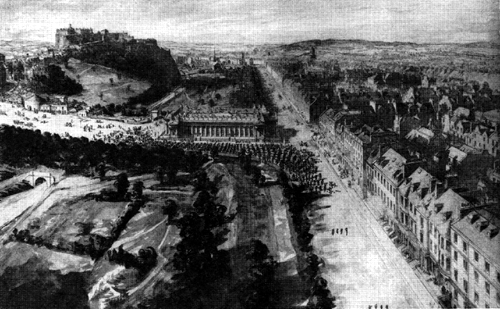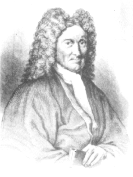
|
"It is a curious and noble museum ... containing some rarities that are not to be found either in those of the Royal Society at London or the Ashmolean at Oxford". In 1767, Natural History became a subject separate from Medicine and Robert Ramsey was appointed to the newly created Professorship of Natural History. The title of Professor included taking on responsibility for the Balfour/Sibbald Collection. At this time the interests of the Professor of Natural History covered plants, animals and minerals. It was only later that the subjects relating to this chair became narrowed down to Zoology. Ramsey's successor in 1779 was John Walker, who recorded that the Balfour/Sibbald collection had remained useless for many years, neglected and decaying. He related that, "The greater part of it is mere rubbish... No animal preparations can be placed with safety in the room until they (specimens over run with moths and other insects) are thrown out". Popular myth maintains that the cast out remains of the
specimens helped to form the foundation grounding for
Princes Street. This would not be the only time that the
collection underwent severe re-assessment. Indeed, when
Walker himself died the collection was again split up and
much thrown away.  |







 The origin of the University's first Natural History
Collection stems from 1697 when Robert Sibbald (Edinburgh's
first Professor of Medicine) presented to the College a
collection of natural history specimens gathered by himself
and his recently deceased colleague and close friend, Andrew
Balfour. The collection was considered too valuable and
appealing in its extensive range of specimens to be hidden
away and it was housed, therefore, in cases for permanent
display in the original University buildings on the site of
the present Old College. This display was one of the first
museums in Britain having been created sixty years before
the British Museum was established with the Sloane
collection. The collection's reputation spread throughout
Europe. Daniel Defoe wrote,
The origin of the University's first Natural History
Collection stems from 1697 when Robert Sibbald (Edinburgh's
first Professor of Medicine) presented to the College a
collection of natural history specimens gathered by himself
and his recently deceased colleague and close friend, Andrew
Balfour. The collection was considered too valuable and
appealing in its extensive range of specimens to be hidden
away and it was housed, therefore, in cases for permanent
display in the original University buildings on the site of
the present Old College. This display was one of the first
museums in Britain having been created sixty years before
the British Museum was established with the Sloane
collection. The collection's reputation spread throughout
Europe. Daniel Defoe wrote,